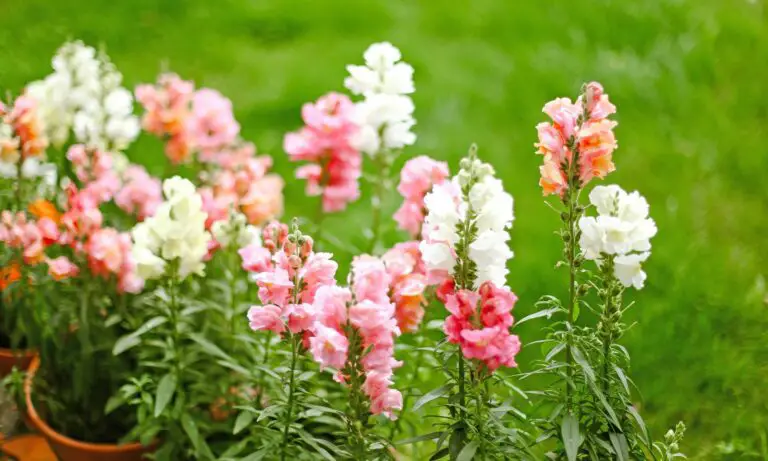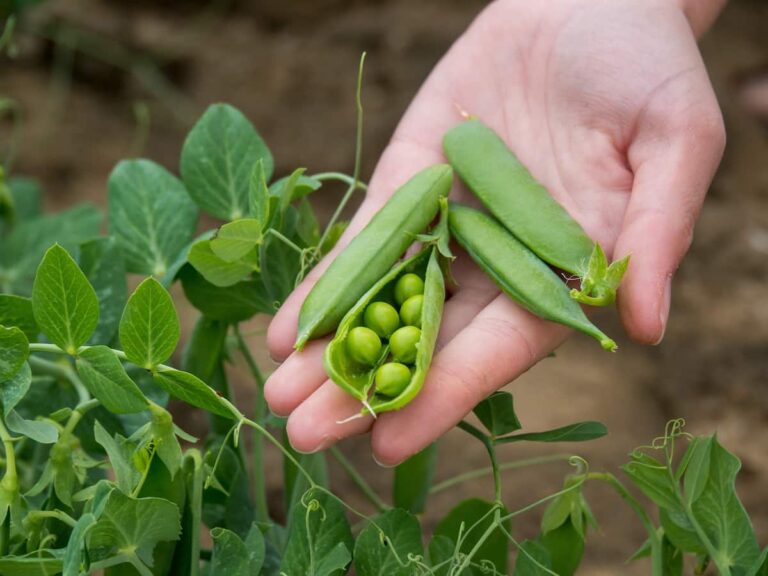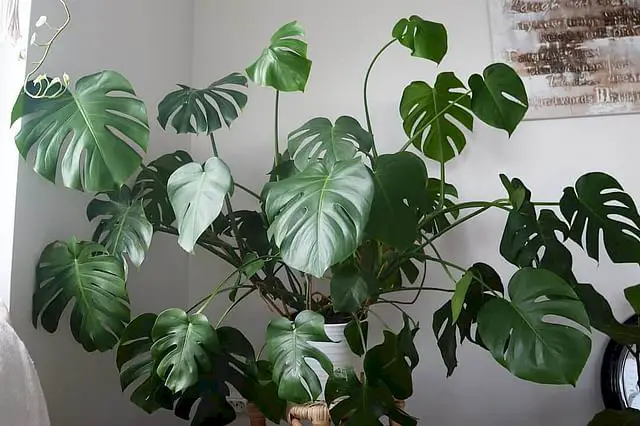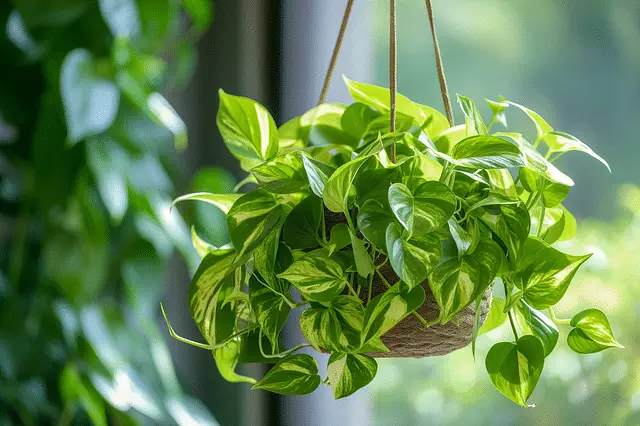Sunscald: Protecting Plants from Sunburn
Table of Contents
Understanding the Causes of Sunscald
Sunscald is a common issue that affects many plants, particularly during hot and sunny weather. Understanding the causes of sunscald is crucial in order to prevent and address this problem effectively. Sunscald occurs when plants are exposed to intense sunlight, leading to damage and tissue death. This typically happens when plants are suddenly exposed to direct sunlight after being shaded for an extended period. The sudden increase in heat and light can overwhelm the plant, causing its tissues to become scorched.
Moreover, sunscald can also occur when plants are not adequately acclimated to sunlight. For instance, seedlings and young plants that have been grown in a sheltered environment can be more prone to sunscald when they are transplanted into a sunnier location. Additionally, certain plant species have a higher susceptibility to sunscald. Delicate plants with thin or sensitive leaves, such as tomatoes and peppers, are often more at risk. Furthermore, plants with inadequate protective structures, such as thin bark or insufficient leaf cover, are more susceptible to sunscald as well. It is essential for gardeners to be aware of these factors in order to take appropriate measures to prevent sunscald and protect their plants.
The Role of Sunlight in Plant Growth
Sunlight plays a crucial role in the growth and development of plants. It serves as the primary source of energy through a process called photosynthesis, where plants convert sunlight into chemical energy to fuel their growth. The light energy is absorbed by pigments like chlorophyll in the leaves, which then triggers a series of biochemical reactions to produce sugars and oxygen.
In addition to providing energy, sunlight also influences various aspects of plant growth. For instance, different wavelengths of light can affect the timing of flowering and fruiting, as well as the regulation of plant hormones. Sunlight intensity and duration also play a role in determining the overall size, shape, and density of plant foliage.
Plants have evolved to adapt to varying light conditions, with some species requiring more sunlight than others. While most plants thrive under full sunlight, some shade-loving plants have adapted to perform better in low-light environments. Understanding the specific light requirements of different plants is essential for optimizing their growth and ensuring their overall health. By providing appropriate amounts of sunlight, gardeners can harness the power of this natural resource to nurture and cultivate thriving plants.
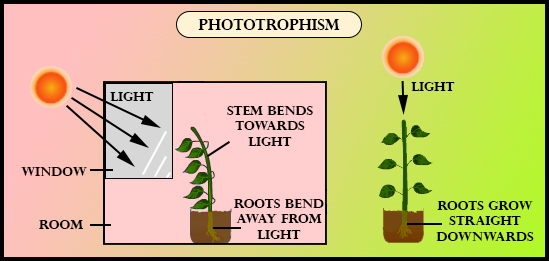
Identifying Plants at Risk for Sunscald
Identifying Plants at Risk for Sunscald
To effectively prevent sunscald on plants, it is crucial to first identify which plants are most susceptible to this condition. While all plants are generally at risk, certain factors can make them more vulnerable to sunscald damage.
One of the main factors to consider is the type of plant. Tender leafy vegetables, such as lettuce, spinach, and kale, are often more prone to sunscald due to their delicate foliage. Additionally, young or newly transplanted seedlings are also susceptible as they may not have developed the necessary defenses against intense sunlight.
Another aspect to consider is the environmental conditions. Plants that are exposed to direct sunlight for extended periods, especially in regions with hot and arid climates, are more likely to suffer from sunscald. Furthermore, plants growing in open spaces without the protection of natural or artificial shade are at greater risk.
By understanding these factors, gardeners can proactively identify plants that are at higher risk for sunscald. This knowledge serves as a foundation for implementing preventative measures and strategies to ensure the healthier growth and development of their plants.
The Impact of Sunscald on Plant Health
Sunscald can have a significant impact on the health of plants, causing both short-term and long-term damage. One immediate effect of sunscald is the wilting and discoloration of leaves. When intense sunlight hits the leaves, it can lead to the destruction of chlorophyll, the pigment responsible for photosynthesis. As a result, the affected leaves lose their green color and become pale or yellowish, indicating a decrease in the plant’s ability to produce food and energy.
Furthermore, sunscald can weaken the overall structure of the plant. The excessive heat from the sun can cause the bark and tissues of the plant to dry out and crack. This not only compromises the plant’s ability to transport water and nutrients but also leaves it vulnerable to secondary infections from pathogens and pests. Over time, repeated episodes of sunscald can lead to stunted growth, reduced fruit or flower production, and even the death of the plant. Therefore, it is crucial for gardeners and plant enthusiasts to take preventive measures to protect their plants from the harmful effects of sunscald.
How to Prevent Sunscald on Plants
Sunscald can have detrimental effects on the health and vitality of plants, but there are several effective strategies that gardeners can employ to prevent this issue. One of the most important steps in preventing sunscald is selecting the right location for sun-sensitive plants. It is crucial to choose an area that receives adequate shade, especially during the hottest parts of the day. This can be achieved by planting them in the shadow of taller plants or structures, or by providing artificial shade through the use of umbrellas or shade cloths.
In addition to providing shade, utilizing protective covers can be highly beneficial in shielding plants from sunscald. These covers, such as row covers or shade cloth, can be placed over vulnerable plants during periods of intense sunlight, effectively reducing the risk of sunburn. It is important to ensure that the covers allow for adequate airflow to prevent overheating and encourage healthy growth. Furthermore, implementing proper watering techniques is essential in reducing the risk of sunscald. Regular and deep watering, preferably at the base of the plants, can help maintain healthy foliage and prevent excessive moisture loss, which can make plants more susceptible to damage from sunscald.
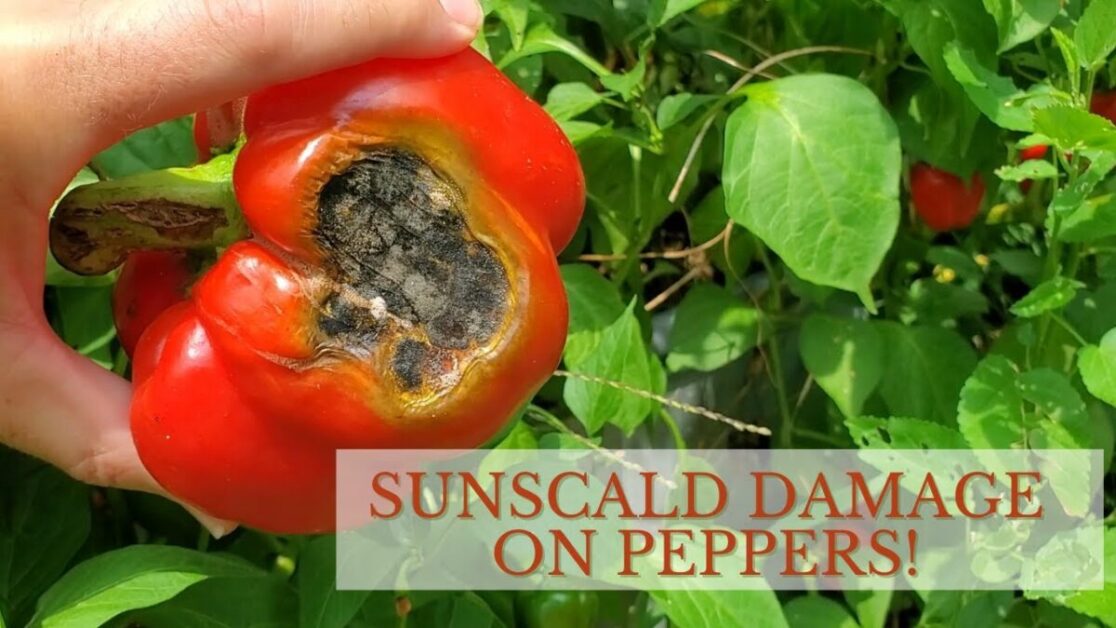
Choosing the Right Location for Sun-sensitive Plants
Choosing the right location for sun-sensitive plants is crucial to their overall health and well-being. These plants are more susceptible to sunburn and sunscald, so it is important to provide them with the optimal conditions to thrive. When selecting a location, consider the amount of sunlight the area receives throughout the day.
Ideally, sun-sensitive plants should be placed in areas that receive partial shade or filtered sunlight. This will protect them from the intense heat and direct rays of the sun, reducing their risk of sunburn. Observing the light conditions in your garden throughout the day can help you determine the best location for these plants. Keep in mind that the sun’s intensity can vary depending on the time of year, so it may be necessary to adjust the placement of your sun-sensitive plants accordingly.
In addition to sunlight, it is also important to consider other environmental factors when choosing a location for sun-sensitive plants. Factors such as temperature, humidity, and wind exposure can all impact their well-being. For example, strong winds can further dry out and damage sun-sensitive plants, so it is advisable to select a location that provides some protection from strong gusts. Similarly, extreme temperatures or high humidity levels can also take a toll on these plants, so finding a location that offers some level of temperature moderation and airflow is beneficial.
By carefully selecting the right location for your sun-sensitive plants, you can create an environment that promotes their growth and reduces the risk of sunscald and sunburn. Remember to consider the amount of sunlight they need while also taking into account other environmental factors. With proper planning and attention to detail, you can provide your sun-sensitive plants with the ideal conditions for them to thrive and flourish.
Providing Adequate Shade for Sun-sensitive Plants
Providing adequate shade for sun-sensitive plants is paramount in protecting them from the harmful effects of excessive sunlight. Sunscald, which occurs when plants are exposed to intense sunlight for extended periods, can lead to severe damage and even death of plants. To ensure the health and well-being of your sun-sensitive plants, it is essential to create a suitable shaded environment.
There are several methods to provide shade for sun-sensitive plants. One effective option is to use shade cloth or netting, which can filter the sunlight and reduce its intensity. It is crucial to choose the right shade cloth with the appropriate level of shading, as different plants have varying sunlight requirements. Additionally, positioning the shade cloth at a suitable distance from the plants can help regulate the amount of light reaching them. This way, you can strike the perfect balance between shade and sunlight, ensuring optimal growth and preventing sunscald.
Utilizing Protective Covers to Shield Plants from Sunscald
Protective covers are an effective tool in shielding plants from the harmful effects of sunscald. These covers create a physical barrier between the plants and the intense rays of the sun, providing much-needed shade and protection. By implementing this preventive measure, gardeners can significantly reduce the risk of sunscald and ensure the overall health and vigor of their plants.
When selecting protective covers, it is important to consider their material and design. Lightweight, breathable covers made from materials like shade cloth or row covers are ideal choices. These covers allow air and moisture to pass through while still providing effective shading. Additionally, consider the design of the cover to ensure it adequately covers the entire plant, including the leaves and stems. This will ensure maximum protection against sunscald and other environmental stressors.
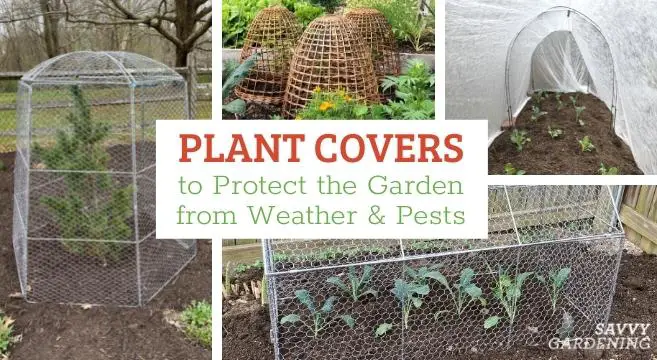
Implementing Proper Watering Techniques to Reduce Sunscald Risk
Proper watering techniques are crucial in reducing the risk of sunscald in plants. When it comes to watering sun-sensitive plants, it’s essential to strike a balance between providing enough moisture and avoiding excessive water stress. Overwatering can lead to root rot and other diseases, while underwatering can make plants more vulnerable to sunscald.
To determine the optimal watering schedule for your plants, consider factors such as the plant’s water requirements, soil type, and environmental conditions. It’s crucial to understand that different plants have different water needs, so it’s essential to research and follow specific guidance for each species.
When watering, aim to moisten the soil evenly and deeply. Shallow watering can encourage surface roots, which make plants more susceptible to drying out. On the other hand, deeply watering the soil encourages the development of deeper roots, helping plants better withstand periods of drought and excessive sunlight.
Regularly monitor the moisture content of the soil by checking the soil’s depth with your finger or a moisture meter. This will help you determine when it’s time to water. Additionally, consider using mulch around plants to minimize evaporation and maintain a more consistent soil moisture level. Mulch also helps to regulate soil temperature and protect plant roots from extreme heat.
Remember that watering needs may vary depending on the weather conditions. During hot and dry periods, you may need to increase the frequency of watering to compensate for increased evaporation. Similarly, during cooler and wetter periods, you may need to reduce watering to avoid soil saturation.
By implementing proper watering techniques tailored to the specific needs of your plants, you can significantly reduce the risk of sunscald and promote healthier, more resilient growth.
Pruning Strategies to Minimize Sunscald
Pruning plays a crucial role in minimizing the risk of sunscald in plants. By strategically removing certain branches or foliage, gardeners can create a more balanced canopy that provides shade and reduces the exposure of vulnerable plant parts to intense sunlight. When pruning to minimize sunscald, it is important to consider the overall health and structure of the plant.
One effective pruning strategy is to selectively thin out dense branches and foliage. This allows for better air circulation and light penetration throughout the plant, reducing the likelihood of sunscald. Additionally, removing dead or diseased branches helps to promote overall plant health and vigor. It is advisable to consult pruning guides specific to the plant species being tended to, as different plants have varying pruning needs and tolerance levels.
Furthermore, it is important to time pruning activities appropriately. Pruning during periods of active growth, such as spring or early summer, can stimulate new growth and aid in the plant’s ability to recover from pruning wounds. However, excessive pruning during such periods can make the plants more susceptible to sunscald, as the new growth may be more tender and vulnerable. Careful consideration of the plant’s growth habits and pruning recommendations can help ensure optimal pruning practices to minimize the risk of sunscald.
Using Reflective Mulch to Prevent Sunburn
Reflective mulch is a powerful tool that can effectively prevent sunburn in plants. This type of mulch is made from materials that are specifically designed to reflect sunlight instead of absorbing it. When applied around the base of plants, reflective mulch creates a barrier that redirects sunlight away from the plant, reducing the risk of sunburn.
One of the main benefits of using reflective mulch is its ability to maintain a cooler temperature around the plant. By reflecting sunlight, the mulch reduces the amount of heat that is absorbed by the plant’s leaves and stems. This can be especially beneficial in hot and sunny climates, where plants are more susceptible to sunburn. Additionally, the cooler temperature provided by reflective mulch can also help in conserving water, as it reduces the evaporation rate from the soil.
In order to effectively use reflective mulch, it is important to choose the right materials. Reflective materials such as aluminum foil, white plastic, or specialized films are commonly used for this purpose. These materials should be laid in a thin layer around the base of the plant, ensuring that the mulch is not in direct contact with the foliage. Additionally, it is crucial to regularly monitor the plants and adjust the mulch as needed to provide adequate coverage. By incorporating reflective mulch into your gardening practices, you can significantly reduce the risk of sunburn and promote healthy plant growth.

Introducing Sunscreen for Plants
Sunscreen is not just for protecting our skin from harmful UV rays, it can also be used to shield our plants from the damaging effects of the sun. Just as we apply sunscreen to block the sun’s rays and prevent sunburn, applying sunscreen to plants can help reduce the risk of sunscald and other sun-related damage. Sunscreen for plants is specially formulated to provide a protective barrier that filters out excessive sunlight, allowing plants to receive the right amount of light without being overwhelmed by its intensity.
Using sunscreen on plants is particularly beneficial for those that are more sensitive to sunlight, such as young seedlings, newly transplanted plants, and those with delicate foliage. By applying a thin, even layer of sunscreen to the leaves, stems, and branches of these plants, it acts as a shield against intense sunlight, preventing sunburn and reducing the risk of sunscald. This protective barrier allows plants to continue their photosynthesis process effectively, ensuring healthy growth and development.
It is important to note that not all plants require sunscreen. Sunscreen should only be applied to plants that are at risk for sunscald or other sun-related damage. Before applying sunscreen, it is crucial to identify which plants are more susceptible to these issues. Factors such as plant species, leaf thickness, and exposure to direct sunlight play a significant role in determining a plant’s susceptibility to sunscald. Taking the time to research and understand the specific needs of your plants will help ensure that you are using sunscreen effectively and efficiently.
Examining the Benefits of Sunscreen Application
Sunscreen application can offer a range of benefits when it comes to protecting plants from sunscald. One of the main advantages is its ability to create a physical barrier between the plant and the intense rays of the sun. By applying sunscreen to vulnerable plant surfaces, such as leaves and stems, gardeners can prevent direct exposure to the sun’s harmful UV rays. This can significantly reduce the risk of sunburn and damage to the plant’s tissues.
In addition, sunscreen can also help regulate the temperature of the plant’s surface. During hot weather, plants may become overheated and struggle to cool themselves down. Sunscreen acts as a shield, reflecting a portion of the sun’s heat away from the plant. This not only prevents temperature spikes but also helps maintain a more stable and optimal growing environment for the plant. By reducing stress caused by excessive heat, sunscreen application can promote healthier growth and overall plant vitality.
Certainly! Here’s a table highlighting the benefits of sunscreen application:
| Benefit | Description |
|---|---|
| 1. Protection Against UV Rays | Sunscreen shields the skin from both UVA and UVB rays, which are responsible for skin damage, premature aging, and skin cancer. Applying sunscreen daily is essential to prevent long-term harm from sun exposure. |
| 2. Delaying Signs of Aging | Regular sunscreen use has been shown to reduce wrinkles and maintain youthful skin. It helps prevent premature aging caused by sun-induced dryness and UV radiation. |
| 3. Fading Scars | Sunscreen aids in scar healing by protecting the skin from UV radiation, which can worsen scars and hyperpigmentation. Consistent application contributes to scar fading over time. |
| 4. Preventing Discoloration | Sunscreen helps maintain an even skin tone by preventing sunspots, melasma, and other forms of skin discoloration. It acts as a barrier against UV-induced pigmentation. |
| 5. Protection from Blue Light | In addition to UV rays, sunscreen provides defense against blue light emitted by electronic screens and devices. Blue light exposure can contribute to skin damage and aging. |
Remember, incorporating sunscreen into your daily skincare routine is a simple yet powerful way to safeguard your skin’s health and appearance!
Common Mistakes When Protecting Plants from Sunscald
Gardening enthusiasts often make common mistakes when attempting to protect their plants from sunscald. One of the most prevalent errors is failing to provide adequate shade for sun-sensitive plants. It is essential to recognize that certain species are particularly susceptible to sunscald and require protection from intense sunlight. Without proper shading, these plants can experience leaf burn and other damage due to excessive exposure to the sun’s rays. Gardeners should take the time to identify which plants are at risk and provide them with the necessary shade to prevent sunscald.
Another mistake that gardeners make is overlooking the importance of gradual acclimation for sun-sensitive plants. When moving a plant from a shaded area to a sunnier spot, it is crucial to allow it to adjust gradually to the increased sunlight. Sudden changes in light intensity can shock the plant and make it more susceptible to sunscald. To avoid this, gardeners should slowly introduce the plant to higher levels of sunlight by moving it to a partially shaded area for a few hours each day. This approach allows the plant to acclimate and develop a natural defense against sunscald, ensuring its overall health and vitality.
Certainly! Here’s a table highlighting common mistakes to avoid when protecting plants from sunscald:
| Mistake | Description |
|---|---|
| 1. Lack of Sunscreen | Failing to shield plants from harsh, direct sunlight can lead to sunscald. Young trees, newly planted specimens, and species with thin bark are particularly vulnerable. Sunscald causes cracking at the bark level, drying out the tree and resulting in discolored leaves or needles. |
| 2. Winter Sunburn | Sunscald isn’t limited to spring and summer. Even in winter, sunny days can raise the bark temperature significantly, causing active tissue damage. When shadows or nightfall abruptly drop the temperature, the tree suffers. |
| 3. Excess Pruning | Fruit trees and vines are at risk due to aggressive pruning. Too much pruning can leave tender growth exposed to intense sunlight, leading to sunscald. |
| 4. Frozen Roots | Leafy plants like tomatoes, peppers, and berries may experience sunscald if their roots freeze and they can’t access adequate water. Blisters on leaves resemble sunburn blisters in humans. |
| 5. Inadequate Healing Measures | To repair sunscald damage, cut away dead bark until you reach live layers in trees. Wrap the tree until it’s larger or more established. For vines and other plants, consider using netting until tender growth regrows. Mulching garden beds helps preserve ground heat, and avoiding direct hot afternoon sun allows leaves to heal naturally. |
| 6. Unprotected Trunks | Prevent “tree sunburn” by wrapping tree trunks with light-colored commercial tree wrap. Darker colors absorb too much heat, while light-colored wrap reflects sunlight and maintains a consistent bark temperature. |
Remember, proper protection ensures healthy, thriving plants!
Monitoring and Addressing Sunscald in Different Seasons
Monitoring and addressing sunscald in different seasons is a crucial aspect of plant care and maintenance. Sunscald can occur at any time throughout the year, but its severity and the methods of prevention and treatment may vary depending on the season.
In the summer months, when the sun is at its peak, it is important to closely monitor plants for signs of sunscald. Look for wilting leaves, yellowing or browning of foliage, and sunken or discolored spots on the plant’s surface. These are all indications that sunscald may be present. Regularly inspecting your plants and taking proactive measures can help prevent further damage.
During the winter months, sunscald can also be a concern, especially for plants that are exposed to direct sunlight, such as young seedlings. The low temperatures combined with the sun’s rays can cause significant damage to the plant’s delicate tissues. To monitor and address sunscald in winter, consider providing protective covers or using reflective mulch to shield plants from the sun’s intense rays.
By closely monitoring plants and adjusting protective measures accordingly, gardeners can address sunscald in different seasons effectively. Taking proactive steps to prevent and treat sunscald will ensure the health and vitality of your plants throughout the year. Stay tuned for our next section on long-term strategies for sunscald prevention, where we will delve deeper into sustainable and effective methods to safeguard your plants from this common issue.
Long-term Strategies for Sunscald Prevention.
In order to effectively prevent sunscald in the long term, it is crucial to implement strategies that address the root causes of this phenomenon. One key approach is selecting and cultivating sun-resistant plant varieties. By choosing plants that are naturally more tolerant to intense sunlight, gardeners can greatly reduce the risk of sunscald. It is advisable to consult with local nurseries or agricultural extension services to identify suitable plant species for specific growing conditions.
Another effective long-term strategy involves creating and maintaining shade structures in the garden. This can be achieved through the strategic placement of trees, trellises, or pergolas that provide a canopy of shade, shielding the plants from direct sunlight during the hottest hours of the day. Additionally, the use of shade cloth or netting can be employed to further protect sun-sensitive plants from excessive light exposure. It is important to regularly inspect and adjust the shading structures to ensure optimal coverage throughout the growing season.
By implementing these long-term strategies, gardeners can significantly reduce the incidence of sunscald in their plants and maintain healthy and thriving gardens. However, it is crucial to regularly monitor plant health, water requirements, and environmental conditions to ensure continued success in preventing this common issue. With a proactive approach and careful consideration of the needs of sun-sensitive plants, gardeners can minimize the negative effects of sunlight and promote optimal plant growth and productivity.
Watch the below video for more information.
What is sunscald and why is it a concern for plants?
Sunscald is a condition where plant tissues become damaged by excessive sunlight exposure, leading to tissue death and reduced plant health. It is a concern because it can hinder the plant’s ability to photosynthesize and grow properly.
How does sunlight affect plant growth?
Sunlight is essential for plant growth as it provides energy for photosynthesis, the process through which plants produce food. Sunlight also plays a role in regulating various plant processes such as flowering and fruiting.
How can I identify plants that are at risk for sunscald?
Plants with thin or delicate foliage, young or newly transplanted plants, and plants that have been recently pruned are more susceptible to sunscald. Additionally, plants that are typically grown in shaded areas may be at higher risk when exposed to intense sunlight.
What are the consequences of sunscald on plant health?
Sunscald can lead to irreversible damage to plant tissues, causing stunted growth, reduced fruit production, and increased vulnerability to pests and diseases. In severe cases, it can even result in plant death.
What are some long-term strategies to prevent sunscald on plants?
Some long-term strategies include choosing the right location for sun-sensitive plants, providing adequate shade, utilizing protective covers, implementing proper watering techniques, pruning strategies, using reflective mulch, and introducing sunscreen for plants.
How do I choose the right location for sun-sensitive plants?
Choose a location that offers partial shade or filtered sunlight for sun-sensitive plants. Avoid areas with intense, direct sunlight for extended periods, especially during the hottest part of the day.
How can I provide adequate shade for sun-sensitive plants?
You can provide shade by using shade cloth, placing plants under trees or other structures that provide natural shade, or creating temporary structures like umbrellas or canopies to shield plants from direct sunlight.
What are some options for utilizing protective covers to shield plants from sunscald?
Protective covers such as row covers, shade cloths, or even individual plant covers made of light fabric or mesh can be used to protect plants from excessive sunlight. These covers allow some light transmission while reducing the intensity of the sun’s rays.
What are proper watering techniques to reduce the risk of sunscald?
Water plants deeply and thoroughly, ensuring the soil is evenly moist. Avoid frequent shallow watering, which can make plants more vulnerable to sunscald. Mulching around plants can also help retain moisture in the soil.
How can pruning minimize the risk of sunscald?
Pruning strategies such as thinning out dense foliage or removing damaged branches can improve air circulation and allow sunlight to penetrate the plant more evenly, reducing the risk of sunscald.
How does reflective mulch help prevent sunburn?
Reflective mulch, like silver or aluminum-colored mulch, can be placed around plants to reflect sunlight back onto the plant, reducing the amount of direct sunlight reaching the foliage and minimizing the risk of sunburn.
What is sunscreen for plants and how does it work?
Plant sunscreen is a protective spray or coating that can be applied to plant foliage to reduce the negative effects of excessive sunlight. It works by reflecting or absorbing some of the sunlight and preventing it from damaging the plant tissues.
What are the benefits of applying sunscreen to plants?
Applying sunscreen to plants can help prevent sunscald, protect against sunburn, reduce water loss through transpiration, and enhance the overall health and productivity of plants.
What are some common mistakes to avoid when protecting plants from sunscald?
Some common mistakes include using materials that completely block out sunlight, as plants still need some light to grow, not providing enough ventilation when using protective covers, and neglecting to adjust protective covers as the plant grows.
How should I monitor and address sunscald in different seasons?
In colder seasons, protecting plants from cold winds and freezing temperatures is crucial. In hotter seasons, focus on providing shade and ensuring plants receive proper hydration to mitigate the risk of sunscald.
Are there any additional long-term strategies for sunscald prevention?
Yes, besides the mentioned strategies, regularly monitoring plants for signs of sunscald, adjusting protective measures as needed, and selecting sun-tolerant plant varieties for your garden can contribute to long-term sunscald prevention.

Nicole Burke is a dynamic writer at SouthElMonteHydroponics, fueled by her passion for horticulture and environmental sustainability. Armed with a degree in Environmental Science from a renowned institution, Nicole’s expertise lies in hydroponic gardening, organic farming, and biodiversity conservation. Her insatiable curiosity and love for nature drive her to explore innovative techniques in hydroponics, seeking to revolutionize the way we grow crops in urban environments. Nicole’s writing reflects her deep commitment to promoting eco-conscious practices and fostering a deeper connection between humans and the natural world. Through her engaging storytelling, she inspires others to embrace sustainable living and harness the power of hydroponics for a greener future.


